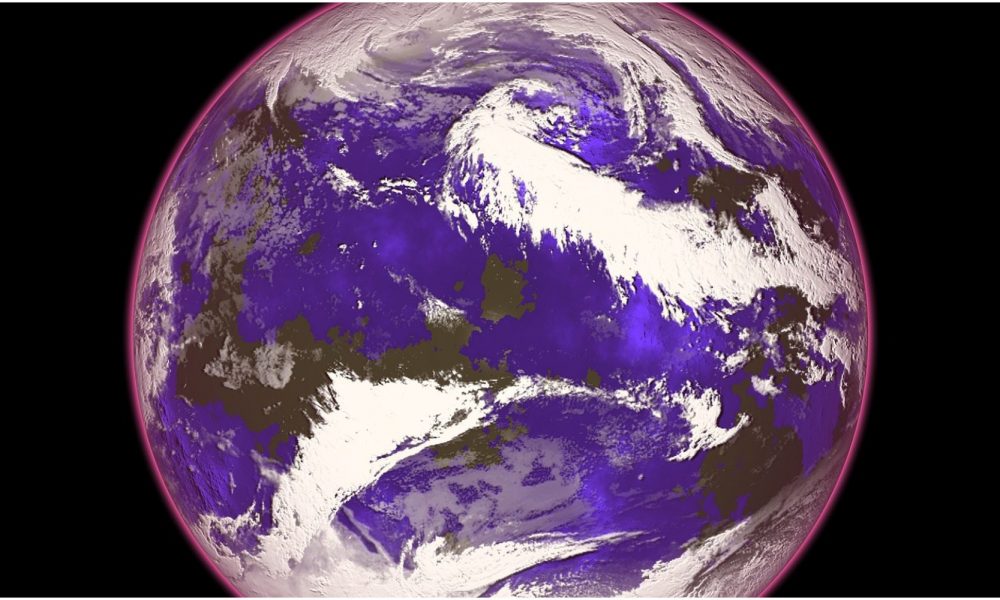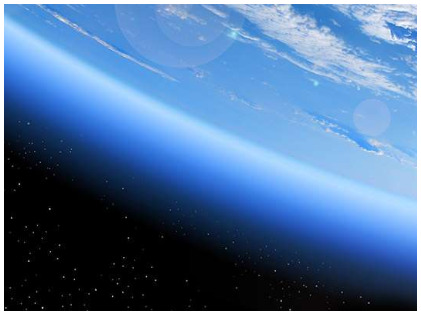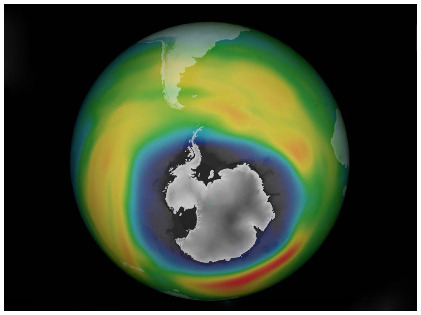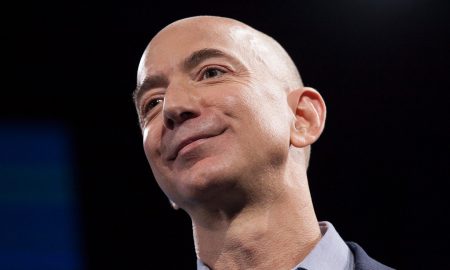
Our Planet Is Finally Breathing!

Amid the tragic pandemic of the novel coronavirus is a ray of sunshine – the planet seems to be healing. The depleting ozone layer has long been a problem and there have been many warnings as to what may happen if we didn’t take care of this occurrence before it got too late. As it happens, Mother Nature has her own way of working things out for herself.
What is the Ozone Layer?
 This highly important part of the atmosphere is a sort of protective shield, guarding our planet Earth’s stratosphere against the harsh ultraviolet radiation emitted by the sun. Ozone is actually a molecule of three oxygen atoms. The ozone layer is situated about 25 miles above the surface of the Earth. The ozone layer absorbs the UV radiation and keeps everything healthy on Earth, working almost as sunscreen does on your skin. Without it, it would be nearly impossible for anything to survive on the planet.
This highly important part of the atmosphere is a sort of protective shield, guarding our planet Earth’s stratosphere against the harsh ultraviolet radiation emitted by the sun. Ozone is actually a molecule of three oxygen atoms. The ozone layer is situated about 25 miles above the surface of the Earth. The ozone layer absorbs the UV radiation and keeps everything healthy on Earth, working almost as sunscreen does on your skin. Without it, it would be nearly impossible for anything to survive on the planet.
The Hole In the Ozone Layer
The use of certain substances has led to the depletion of this all-important ozone layer. A hole in the ozone layer was first found in 1985. Emissions wound up creating a hole in the ozone layer in the southern hemisphere, over Antarctica. This hole began causing jet streams to move across and away from Australia, resulting in the rains moving away and thus drought in Australia. The jet streams continued to move further south with the hole in the ozone layer. The hole also caused changes in the ocean currents.
The Montreal Protocol
Chlorofluorocarbons is a common substance that has caused much harm to the ozone layer and was typically used in aerosols and refrigerators. CFCs wound up causing such damage that an international treaty was adopted in 1987 to ban them and all ozone-depleting substances (ODSs), called the “Montreal Protocol”. After this protocol was implemented, it was observed by scientists that the hole in the ozone layer began to shrink, as told by the changes in the climate and air circulation patterns observed in the southern hemisphere.
Observing the Ozone Layer
 Scientists have been keeping an eye on the ozone layer through advanced computer simulations of the earth and its surrounding atmosphere. The simulation displays the wind changes around the earth. Weather patterns are observed through satellite and NASA and NOAA scientists are kept busy monitoring the ozone layer, tracking and measuring its progress.
Scientists have been keeping an eye on the ozone layer through advanced computer simulations of the earth and its surrounding atmosphere. The simulation displays the wind changes around the earth. Weather patterns are observed through satellite and NASA and NOAA scientists are kept busy monitoring the ozone layer, tracking and measuring its progress.
2019
In 2019, there was fantastic news on the zone front, with the ozone layer having reduced to its smallest size ever recorded since it was discovered in 1985! In 2019 unusually strong weather patterns resulted in warm temperatures occurring in the upper atmosphere, right above the South Pole area in the Antarctic. This all resulted in a smaller ozone hole. By the end of September and the beginning of October 2019, the ozone hole reduced to less than 3.9 million square miles, as measured by the satellites. Scientists did stress that the smaller ozone hole was a result of the warmer temperatures and not an indicator that the earth was on a “fast track to recovery”.
COVID-19
 The COVID-19 outbreak has affected most of the world by now and many industries have had to cease their manufacturing processes, businesses closed, and companies halted operations. There is reduced traffic, limited public transportation, limited commercial transportation, fewer trains operating, and flights have been suspended. All of this has helped drastically reduce the emissions of harmful gases into the atmosphere, and Mother Earth is getting a chance to breathe for the first time in a very long time. While the Montreal Protocol did display success, the coronavirus outbreak has had many industrial regions shut down for long enough to reduce greenhouse gas emissions considerably. The fact that the outbreak has allowed for the earth to do some much-needed healing is the only silver lining.
The COVID-19 outbreak has affected most of the world by now and many industries have had to cease their manufacturing processes, businesses closed, and companies halted operations. There is reduced traffic, limited public transportation, limited commercial transportation, fewer trains operating, and flights have been suspended. All of this has helped drastically reduce the emissions of harmful gases into the atmosphere, and Mother Earth is getting a chance to breathe for the first time in a very long time. While the Montreal Protocol did display success, the coronavirus outbreak has had many industrial regions shut down for long enough to reduce greenhouse gas emissions considerably. The fact that the outbreak has allowed for the earth to do some much-needed healing is the only silver lining.
While the whole world is completely immersed in the outbreak at hand, we do hope that everyone gets a chance to appreciate that sometimes Mother Nature has her own way of doing things and desperate times call for desperate measures. We know that science and philosophy don’t generally mix, but in this case, everything happens for a reason. Let’s all remember the planet when we get back on our feet following the COVID-19 pandemic when companies start to run and factories are back in action.
More in Business & Investments
-
`
WWE SmackDown to Make a Comeback on USA Network in 2024
In a surprising twist, WWE’s Friday night staple, “SmackDown,” is bidding farewell to Fox and heading back to its old stomping...
November 24, 2023 -
`
Why Women Face Higher Out-of-Pocket Health Expenses
In healthcare, disparities persist, and a recent report from Deloitte underscores a significant financial gap between working women and men in...
November 18, 2023 -
`
Elon Musk vs Bill Gates: The Clash of Titans
In the realm of the world’s wealthiest individuals, a simmering rivalry has been captivating public attention. It’s not a clash of...
November 7, 2023 -
`
The Power Of Disconnecting
In our digitally driven age, where smartphones, tablets, and laptops have become extensions of ourselves, disconnecting might seem daunting. However, the...
October 31, 2023 -
`
JCPenney’s Bankruptcy: The End of an Era
JCPenney filed for bankruptcy in a move echoing the struggles of many retailers in the wake of the COVID-19 pandemic. This...
October 26, 2023 -
`
Reasons Why You Need a Financial Plan
Financial planning is not just for the wealthy or those nearing retirement. It’s a crucial tool for anyone seeking financial security...
October 19, 2023 -
`
How Brad Pitt Spends His Millions All Over the World
Brad Pitt, the charismatic Hollywood superstar, has left an indelible mark on the silver screen and made an impact in the...
October 10, 2023 -
`
Gen Z’s Posh Palate: The Unexpected Rise of Caviar Culture
Amid the backdrop of a digital era buzzing with viral dances, e-sports, and niche memes, there emerges a peculiar plot twist:...
October 7, 2023 -
`
Transform Your Retail Business With Social Media Mastery
If you’re a retail marketer posting your social media messages haphazardly, you might be missing out on prime opportunities to turn...
September 26, 2023















You must be logged in to post a comment Login